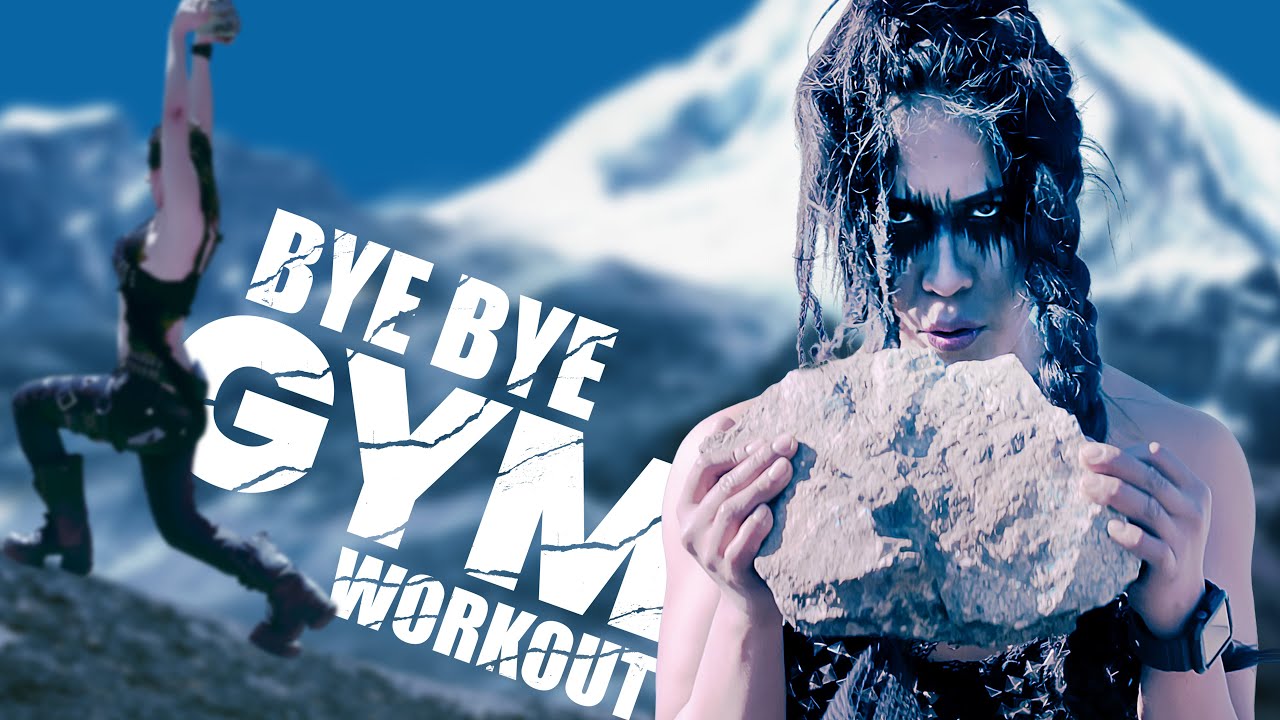Static Stretching
A static stretch is a form of stretching where no motion in involved. There are two types of static stretches: Passive static stretches and active static stretches. Passive static stretches are stretches where you don't contribute an additional force to the stretch. For example when you put your foot on a ladder wall to stretch your hamstring. Active static stretches are stretches where the muscle gets stretched through a force. For example the front split, where your body weight presses you into a position where you legs are stretched or when a training partner pushes you leg up with his shoulder. Don't push against the force, because that would be an isometric stretch. It should only be one force like you body weight against the flexibility of the muscle. No matter if passive or active, you have to be totally relaxed - The flexibility of the muscle is your limit. But be careful, sometimes the body weight can be too much for the muscle you want to stretch. Pick your exercises carefully and make sure your training partner knows how hard he can pull / push. Learn more about isometric stretching and PNF-stretching.




